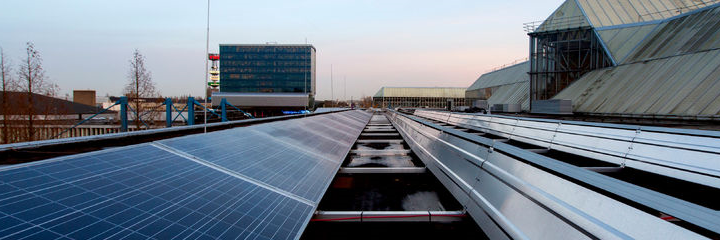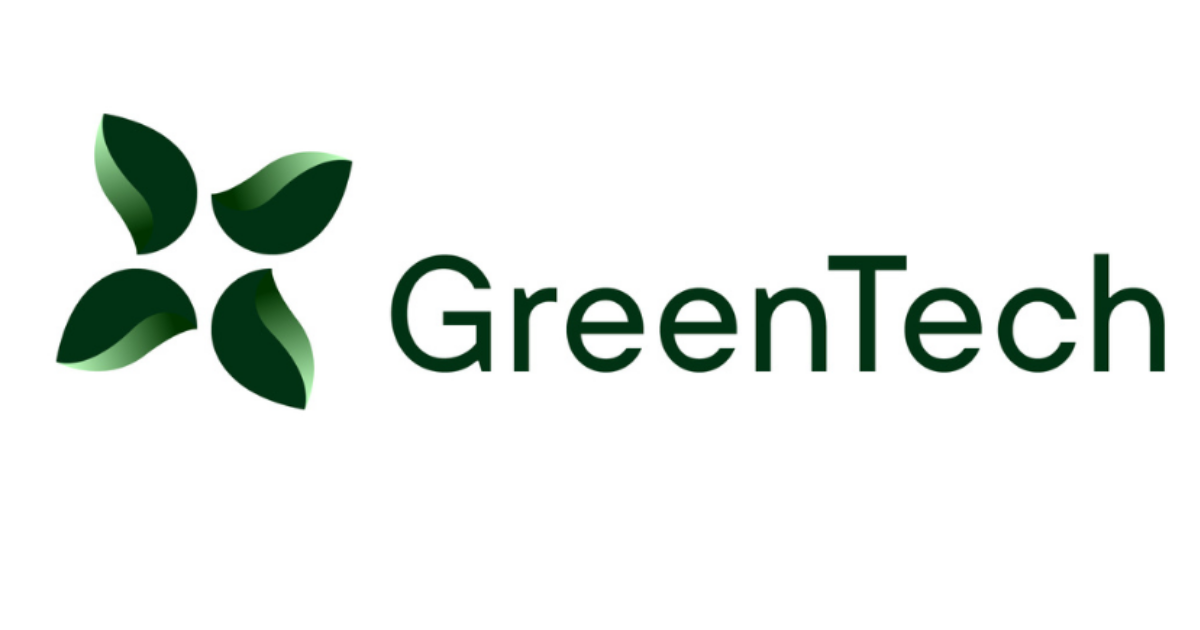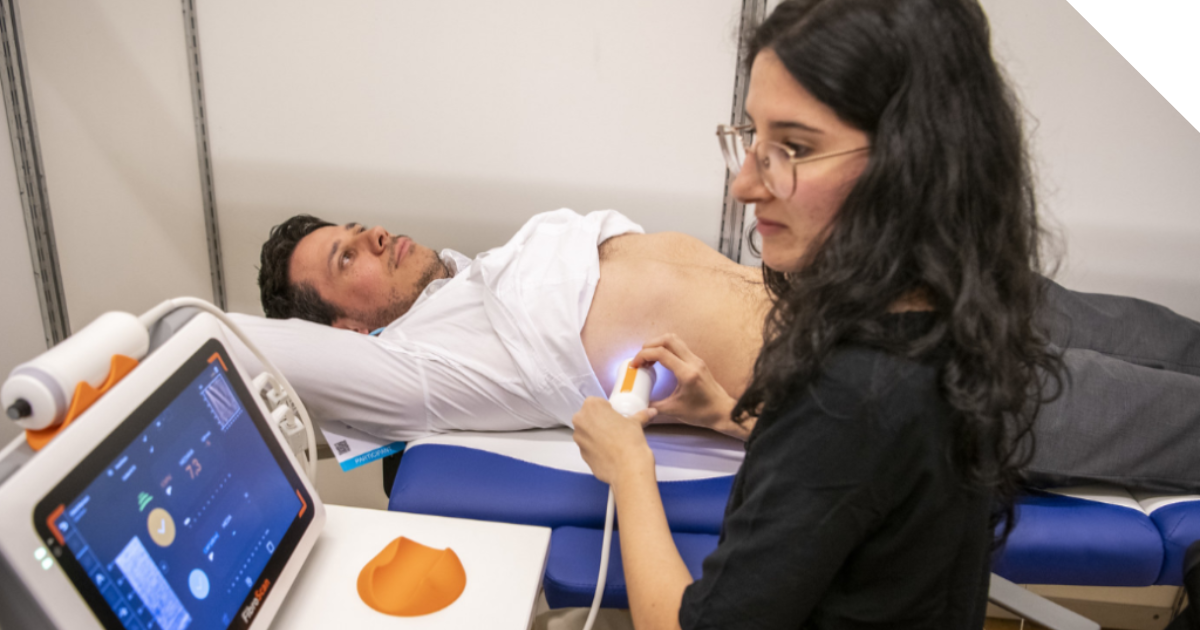A sustainable event, step by step
We all have a joint responsibility to our planet. As more and more companies recognise this they are increasing their commitment to corporate social responsibility (CSR). The event industry, too, has placed sustainability firmly on the agenda. This is not only good news for the planet: events with a clear CSR positioning also enhance their own long-term value, their customers and the environment. What is the best way to approach this issue?
Event organisers who are actively engaged in CSR make a difference. By ensuring that CSR is an integral part of the organisation of their event, they boost the involvement of stakeholders, customer satisfaction, staff motivation and the image of their clients. In addition, CSR helps keep their license to operate up to date. After all, events are organised for the benefit of society and should not inflict any kind of harm. Sustainable events are the future. But how should a sustainable event be organised?
Measuring impact
The first thing to consider is the impact your event will have, which can be either positive or negative. The spot where the greatest impact is experienced is also where the greatest challenges and opportunities are. Understanding the economic, environmental and social impact of your event helps bring focus to your sustainability activities. A sustainable event has as few negative effects as possible (preferably zero) and the maximum positive impact.
Events have enormous potential for positive impact. By bringing together people, content, and context, events contribute to new ideas and the development and growth of people and markets. This means that they also have the capacity to stimulate sustainable growth and development by bringing together the right communities, sustainable content and context. My next blog will discuss this further – here the focus is on minimising negative environmental impact. And in this respect, the major challenges most events face are in the field of waste, energy consumption and CO2 emissions.
Waste streams
You can reduce your waste streams and make them more sustainable in a variety of ways. Start by asking yourself whether certain things are really necessary and whether they can be done otherwise. For example, in the events industry we have grown accustomed to the idea that visitors should have a choice among a wide variety of catering products. This requires having a surplus in order to offer the same choice to all visitors. We recently had a sustainable organiser in house who decided to restrict its catering to a small high-quality product range. The result was less food waste and enthusiastic visitors. There are many ways to prevent unnecessary waste.
Reducing waste or making it more sustainable starts by choosing environmentally friendly products and services. Perhaps there are products that you can reuse during the next edition, for instance: to do so, you simply have to avoid stamping them with an event date.
When selecting the things you really need, opt for circular products whenever possible. Such products can be easily reused or recycled after an event, and are produced and transported with renewable energy sources. Naturally, any such recycling requires the separation of waste on site.
Reducing energy consumption and CO2
The energy use and CO2 emissions caused by an event are largely determined by the choice of location – for instance, is it easily accessible by public transport? Dutch railways and public transport in Amsterdam offer the benefit for example of running entirely on green power.
There are other questions to consider, such as: Does the location produce its own power, for example by using solar panels? Does it use green power? Does it operate in an energy-efficient way? Discuss the energy situation with the location and choose the sustainable options whenever possible.
To reduce energy consumption at your event choose energy-efficient products and services. Another factor is standby consumption: we have noted at some events that equipment is left on but not used. For example, escalators are needlessly activated during setup and breakdown periods, or equipment is left switched on overnight, consuming a substantial amount of power for no reason.
There are several other ways to reduce energy consumption, for example:
- adjusting the bandwidth of the temperature;
- turning the heating down a degree – this makes a bigger difference than you might think;
- setting strict setup and breakdown times – this prevents unnecessary power consumption;
- making smart use of high-speed doors that close automatically.
Offering exhibitors and visitors sustainable choices
As the organiser of a sustainable event, you have a responsibility to inspire and motivate exhibitors and visitors to use eco-friendly products and services. For example, you can stimulate the use of public transport and encourage participants from abroad to offset the CO2 emissions of their flight (most airlines offer this possibility). There are also global certificates for sustainable hotels like Green Key or Green Globe: take these into account in the selection of the hotels you propose to participants and inform them about the sustainability criteria.
These are just some of the examples. The key to all sustainable choices and possibilities for participants is to make them visible and communicate the benefits for the participants themselves as well as the environment.
Involving suppliers, exhibitors and visitors
A sustainable event that does not have a negative impact should be circular and climate neutral, which requires exploring new possibilities and solutions. This involves thinking in a different way and questioning the status quo. It requires the courage to ask yourself and others the question: Could things be done differently?
This is a voyage of discovery that is best undertaken collectively. Talk to locations and suppliers about sustainable options. Encourage exhibitors and visitors to make green choices by featuring them prominently in the range you offer. Measure the environmental, social and economic gains and link them back to the choice: this will be very stimulating, both internally and externally.
Manual
Would you like to incorporate sustainability in your event? You can consult the RAI Amsterdam Manual for Sustainable Organising free of charge.
Developments are occurring at a rapid pace and we are constantly seeking new greener solutions. The manual is therefore a living document in which you will always find something new. If you have questions, don’t hesitate to contact me. I will gladly think along with you about the available sustainable choices.
RAI Amsterdam’s CSR policy
The RAI’s CSR policy has three pillars: People, Planet and Progress. We encourage the development, growth and employability of people. We strive to achieve CO2-neutral operations. The measures we take for this purpose include using as many renewable energy sources as possible, such as solar energy (our 8,000 m² solar panel roof is the largest in Amsterdam) and district heating. We also work according to the ‘zero waste’ principle. And we aim to encourage the sustainable development of people and markets by creating and facilitating valuable encounters.



